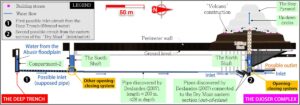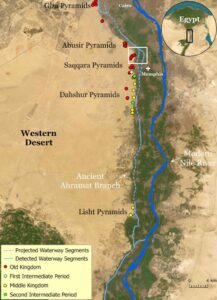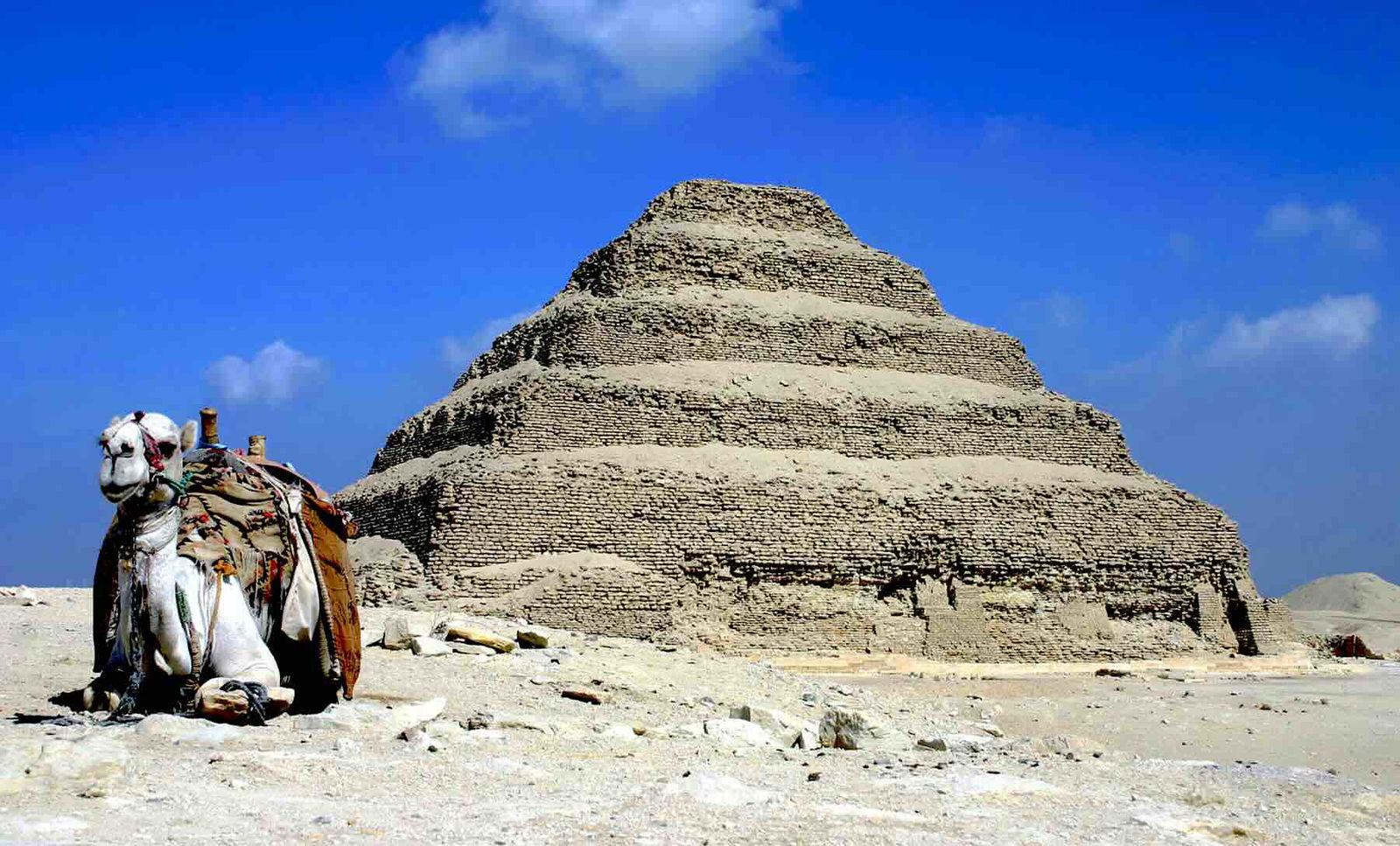New research has uncovered possible evidence that ancient Egyptian pyramid builders relied on hydraulic technology to lift and place massive stones used in the monuments’ constructions.
According to new findings, water may have been able to pass into a pair of shafts known to exist within the pyramid, allowing ancient engineers to lift and lower a floatation device to move large building stones.
Although numerous theories have been proposed to explain the impressive feat of engineering used by these ancient Egyptian pyramid builders, this new study suggests that the oldest of these structures, the Pyramid of Djoser, also known as the Step Pyramid, which researchers estimate was built in 2680 BCE as a funerary complex for the Third Dynasty pharaoh Djoser, may have been assembled using a type of hydraulic lift system with a customized float mechanism that could accurately lift and place the enormous stones used in its construction.
Interdisciplinary Effort Finds Archaeological Evidence Ancient Egyptian Pyramid Builders Used Hydraulics
The interdisciplinary analysis, conducted by Xavier Landreau from CEA Paleotechnic Institute, France, and colleagues and published in the scientific journal PLoS ONE, focuses on a number of previously unexplained components of the construction area around the Step Pyramid.


For example, the study authors say that a previously unidentified structure near the pyramid called the Gisr el-Mudir enclosure could have “functioned as a “check dam” to capture water and sediment.” The research team also notes that a series of previously unidentified compartments dug outside of the pyramid could have functioned as a type of ‘water treatment facility,’ filtering out sediment as the water passed through each level.
According to the researchers, this water “may then have been able to flow into the pyramid shafts themselves, where the force of its rise could help carry the building stones.”
“A collaborative effort between the newly established research institute, Paleotechnic, and several national laboratories (INRAE, University of Orléans) has led to the discovery of a dam, a water treatment facility, and a hydraulic elevator, which would have enabled the construction of the Step Pyramid of Saqqara,” write the study authors.
Recently Discovered Evidence of a Lost Branch of the Nile River Supports Hydraulic Lift Theory
Of course, the presence of water in the area of the ancient pyramids of Egypt has been debated for decades. Earlier this year, The Debrief reported on new evidence that a previously hidden shaft from the Nile River fed water to the Valley of the Kings, offering a steady source of water for these ancient Egyptian pyramid builders tasked with placing the massive stones used in their construction. In that study, researchers from the University of North Carolina, Wilmington, named that previously lost branch of the Nile River the ‘Ahramat Branch.’


“Monumental structures, such as pyramids and temples, would logically be built near major waterways to facilitate the transportation of their construction materials and workers,” the University of North Carolina, Wilmington researchers explained in their published study. “It has been speculated by many scholars that the ancient Egyptians used the Nile River for help transporting construction materials to pyramid building sites, but until now, this ancient Nile branch was not fully uncovered or mapped.
After summarizing their findings regarding the Ahramat Branch, the study authors concluded that “this work can help us better understand the former hydrological setting of this region,” which would, in turn, help us learn more about the environmental parameters that may have influenced the decision to build these pyramids in their current locations during the time of Pharaonic Egypt.
More Data Needed on Water Flow and Availability
Moving forward, the researchers behind the Step Pyramid study say further research will be needed to establish just how much water actually flowed through the pyramid’s shafts. They also want to determine exactly how much water was actually available to the ancient Egyptian pyramid builders during this period of the region’s history.
In their conclusion, the researchers concede that a number of different techniques were likely used to create the various pyramids found in sites across this region of ancient Egypt. However, they also note that “a hydraulic lift system could have been used to support the building process when there was enough water.”
The authors conclude, “This work opens a new research line for the scientific community: the use of hydraulic power to build the pyramids of Egypt.”
Christopher Plain is a Science Fiction and Fantasy novelist and Head Science Writer at The Debrief. Follow and connect with him on X, learn about his books at plainfiction.com, or email him directly at christopher@thedebrief.org.

